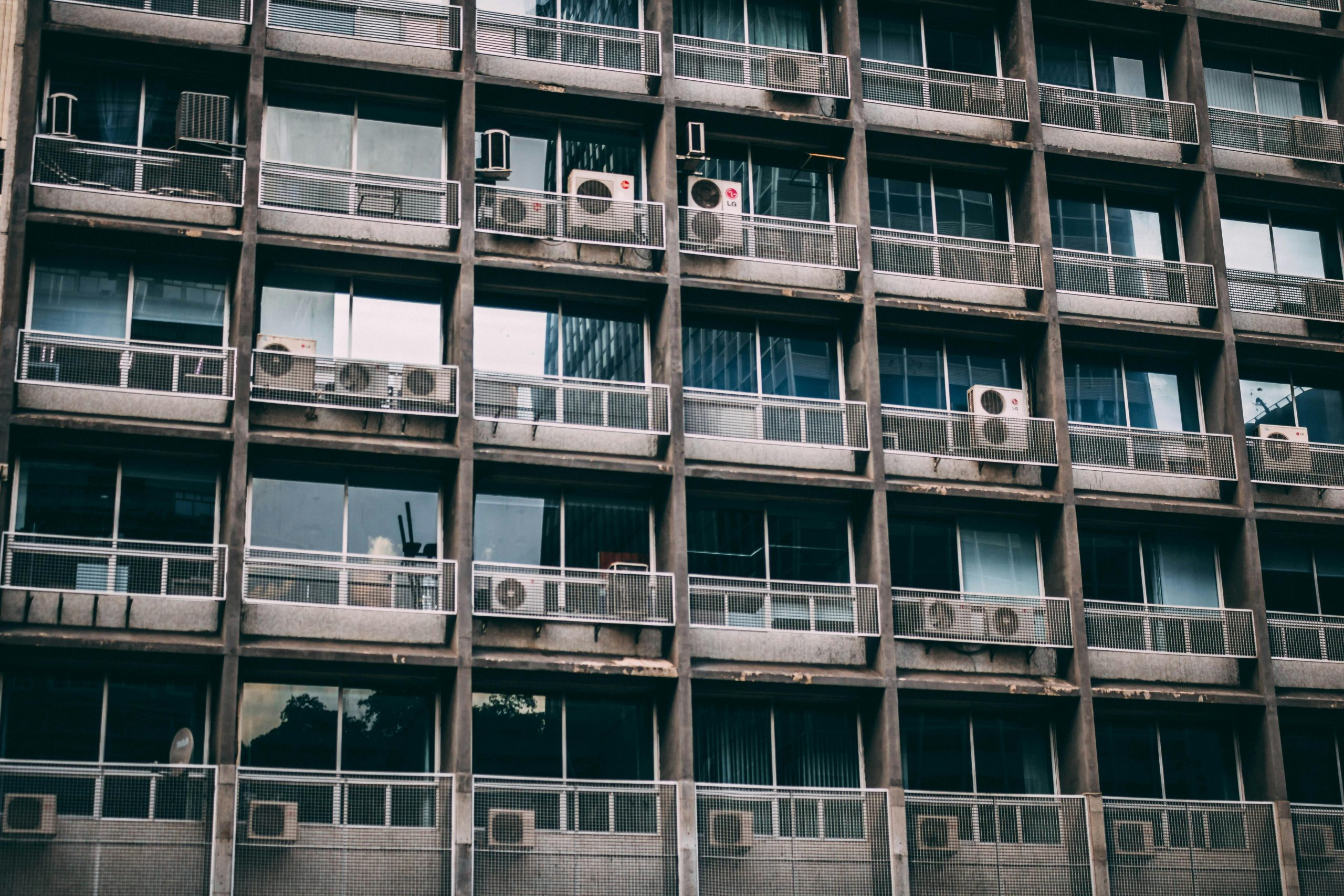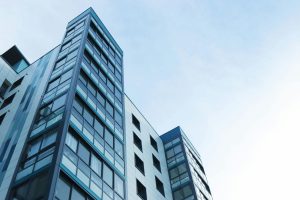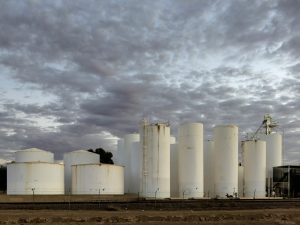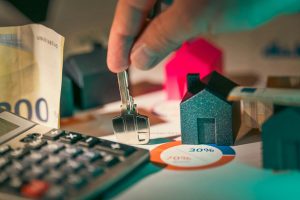Urban Living: Innovative Solutions for Sustainable Residential Developments
Welcome to the world of urban living, where sustainable residential developments are on the rise. As the population of cities continues to grow, the demand for housing and infrastructure increases, leading to a strain on resources and the environment. However, with the rise of innovative solutions, developers are now able to create sustainable residential developments that not only meet the needs of urban dwellers, but also reduce their impact on the environment. In this article, we will explore the various solutions and strategies being implemented in urban living to create a more sustainable future.
The Challenge of Urban Living
Urban living is characterized by compact and densely populated areas, often leading to issues such as pollution, waste management, and depletion of resources. As cities continue to grow, these challenges become more prevalent and require urgent attention. The traditional approach to urban development has been focused on economic growth and increasing the standard of living, often at the expense of the environment. However, with the increasing awareness of sustainability and its importance, the focus has shifted towards creating a balance between economic growth and environmental preservation.
Innovative Solutions for Sustainable Residential Developments
1. Green Buildings
Green buildings are a popular solution to promote sustainable residential developments. These buildings are designed to reduce their impact on the environment through the use of sustainable materials, energy-efficient systems, and waste management strategies. They are built using eco-friendly materials such as bamboo, recycled timber, and solar panels. Green buildings also incorporate energy-efficient systems such as LED lighting, rainwater harvesting, and renewable energy sources. These features not only reduce the carbon footprint of the building but also save on energy costs for the residents.
2. Transit-Oriented Developments (TODs)
TODs are another innovative solution for sustainable urban living. They are designed to encourage the use of public transportation by creating high-density, mixed-use developments near public transit systems. This reduces the reliance on cars, which are a major contributor to air pollution and congestion in cities. TODs also promote a walkable and bike-friendly environment, reducing the need for motorized transport. In addition, these developments often include amenities and services within walking distance, further reducing the need for long commutes.
3. Waste Management Strategies
Waste management is a major challenge in densely populated urban areas. However, with the rise of sustainable residential developments, innovative waste management strategies are being implemented. One of these strategies is the use of composting and recycling systems within apartment buildings, reducing the amount of waste sent to landfills. Some developments also incorporate waste-to-energy systems, which convert waste into renewable energy, reducing the reliance on fossil fuels.
4. Community Gardens and Urban Agriculture
In urban areas, green spaces are often limited, leading to a lack of access to fresh produce and a disconnection with nature. To combat this, some sustainable residential developments have incorporated community gardens and urban agriculture into their design. These not only provide residents with access to fresh, locally grown produce, but also promote a sense of community and reconnect people with nature.
The Benefits of Sustainable Residential Developments
The implementation of innovative solutions for sustainable residential developments brings numerous benefits to both the residents and the environment. Some of these benefits include:
1. Reduced Environmental Impact
With features such as green buildings and waste management systems, sustainable residential developments significantly reduce their impact on the environment. This helps to mitigate issues such as air and water pollution, waste accumulation, and resource depletion.
2. Lower Living Costs
The use of energy-efficient systems and waste management strategies in sustainable developments leads to lower utility costs for residents. This not only makes living more affordable, but also encourages a more sustainable lifestyle.
3. Improved Quality of Life
Sustainable developments also focus on creating a healthy and livable environment for residents. Features such as green spaces, walkable/bikeable neighborhoods, and access to fresh produce contribute to improving the overall quality of life for urban dwellers.
The Future of Urban Living
The future of urban living lies in the widespread adoption of sustainable residential developments. Governments, developers, and citizens must work together to implement these solutions to ensure a sustainable future for cities and the planet. As technology and innovation continue to evolve, we can expect to see even more innovative solutions being integrated into urban living, creating a healthier and more sustainable environment for all.
A sustainable future begins with each individual taking action and making responsible choices. By supporting and promoting sustainable residential developments, we can all play a part in creating a better world for ourselves and future generations.











